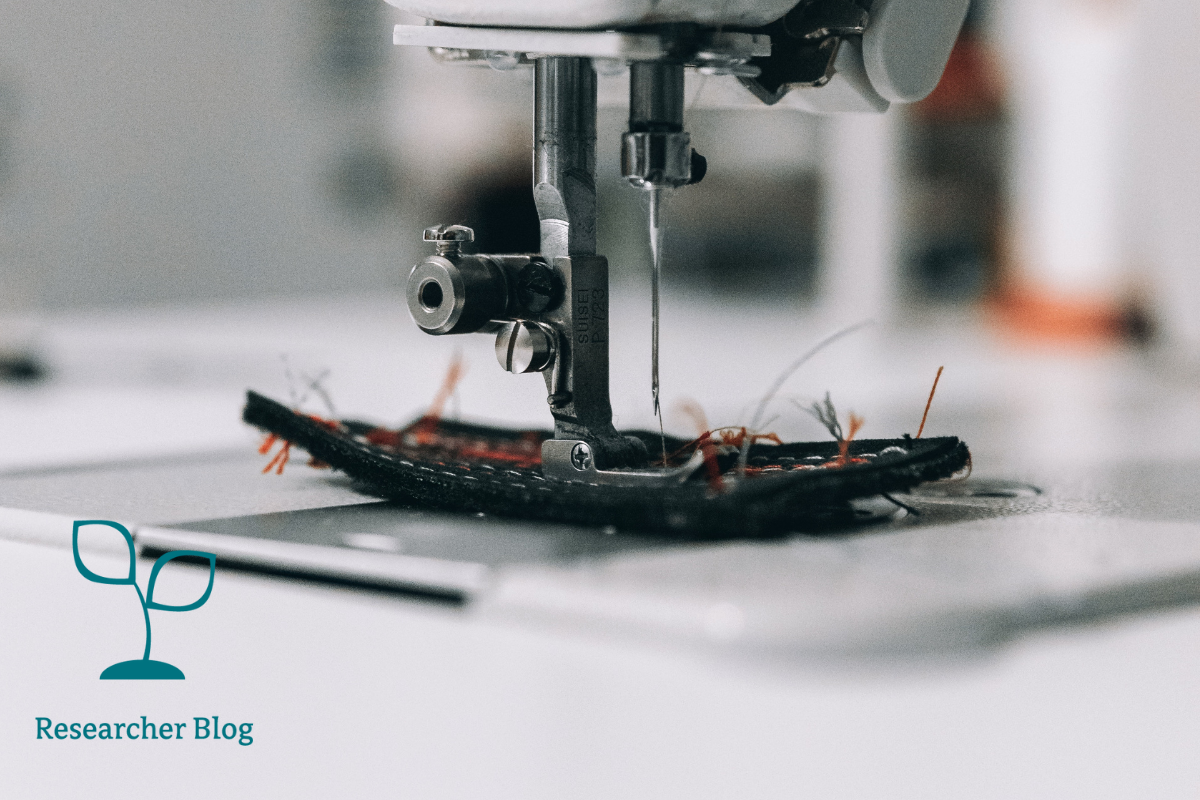Circular economy probably sounds like a modern movement to most people, but actually it’s nothing new.
It’s about the famous 3, or however many Rs. Recycling, reducing, reusing. It’s related to new recycling innovations and technical breakthroughs. Companies are inventing new ways to recycle PET bottles and consumers are excited to buy sneakers made from old coffee beans. But in essence, circular economy is nothing new.
Most of us have probably been to a flea market at least at some point in our lives. They’ve existed for as long as we’ve been alive. Or we might remember our grandparents repairing their socks and owning the same washing machine for decades. There are still thriving shoe repair shops in every city. These are all examples of how circular economy was thriving before it was even invented and those examples are still relevant.
Before industrialization everything a person owned was precious. Items were repaired or utilized in some form for as long as possible. Even human faeces were used as fertilizer for crops. Virtually no waste existed. Older generations still often have at least parts of this mentality because it’s what they were taught when they were young.
We tend to think that modern circular economy just requires us to innovate new ways to enable us to consume at our current pace. But we need to change our whole approach to it. Don’t get me wrong, I’m not trying to take us back to the pre-industrial era reminiscing the good old times that I never even lived. Rather, we should take the useful parts about circular economy mentality from the past and remember that the wheel doesn’t need to be invented again.
Of course, certain things are products of the modern world. Making them circular requires technological innovation. Computers are one example. But what’s important is the mindset that’s nothing new. And it applies even to the way we go about modern circular innovations. Rather than companies just trying to make money out of circular economy and individuals running to buy new things to make their lives sustainable, we should slow our pace of life down. Companies should become problem solvers instead of money-making machines. Us individuals should stop overconsumption, and rather enjoy and cherish what we have and buy mindfully only what we need. This mindset is in the essence of circular economy. We should start reducing making and buying. And reusing what we already have. When your old sneakers fall apart and can’t be repaired anymore, then get the sneakers made out of old coffee beans.
So the only new thing in the core of circular economy is the name itself. We should adapt these valuable mindsets as a part of our modern lives to bring circular economy a bit closer to becoming a reality. Doing so we’ll start to build a sustainable circular economy for future generations.
The writer Savu Rovanto (they/them) is a PhD candidate at Aalto University, Finland. Their research focuses on societal and normative aspects of circular economy in Europe and Japan. Savu is also an acknowledged digital art creator and an avid crocheter of sweaters.
In Researcher Blogs KAUTE’s grant recipients tell about their research and viewpoints in their own words.
